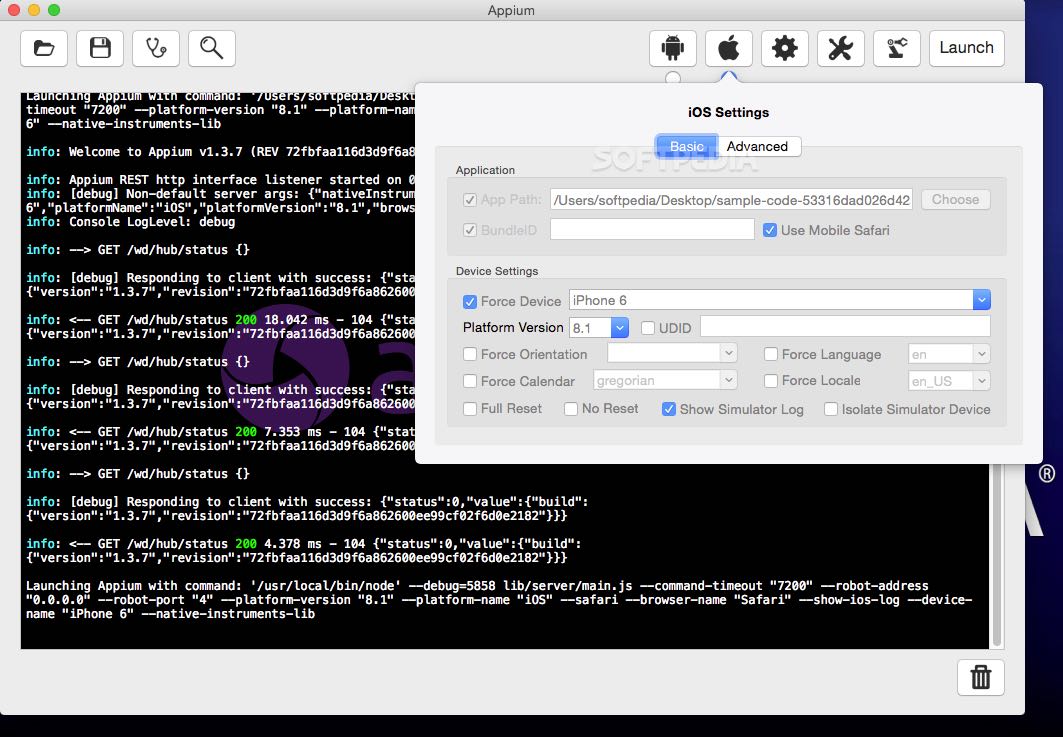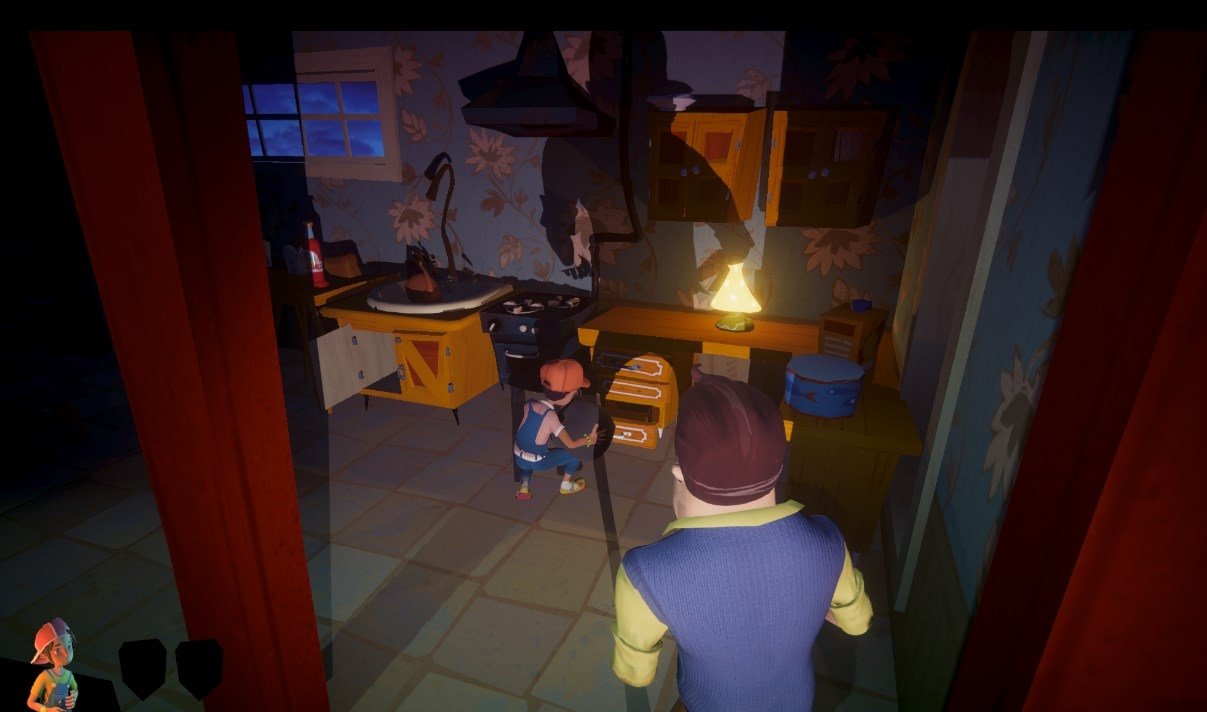The current Gradle release is 7.2. You can download binaries and view docs for all Gradle versions from the releases page.
Prerequisites
Gradle runs on all major operating systems and requires only a Java JDK version 8 or higher to be installed. To check, run java -version:
This section of Appium Studio tutorials will cover the installation of Appium Studio, and connecting both real devices, simulators and emulators. The guide covers installation for both Windows and iOS, it also covers simulators for iOS and Android. Download Appium Studio Community Edition (Windows or Mac) Step 1: Download Appium Studio.
Appium’s desktop app supports OS X, Windows and Linux Appium-Desktop for OSX, Windows and Linux We're open for discussion and would love to hear your voice in the conversation about the future of mobile apps testing! In Windows, it launches the Appium Server but fails to inspect elements. However, UIAutomator viewer can be used as an option for Inspecting elements. Steps to start with Appium Inspector on Mac machine:-Step 1) Download and start your Appium server with the default IP Address 0.0.0.0 and the port 4725. Appium Desktop is a desktop UI utility for Mac, Windows, and Linux. It can be used to manage an Appium server and it comes with Appium Inspector bundled. Appium Inspector can be used for local UI elements of a mobile application. The following steps can be used to install the Appium Desktop. NodeJS is a prerequisite — download NodeJS.
Additional resources
- On-demand and live online training is available for free to Gradle users.
- Self-paced tutorials are a good place to try Gradle with a variety of languages in addition to the docs.
- Gradle has a visual build inspection tool: Build Scan™.
- Finally, the Gradle Newsletter is a great way to keep
UP-TO-DATE, with issues crafted monthly.
Installing with a package manager
SDKMAN! is a tool for managing parallel versions of multiple Software Development Kits on most Unix-based systems.
Homebrew is “the missing package manager for macOS”.
Other package managers are available, but the version of Gradle distributed by them is not controlled by Gradle, Inc. Linux package managers may distribute a modified version of Gradle that is incompatible or incomplete when compared to the official version (available from SDKMAN! or below).
› Additional helpful information
Installing manually
Step 1. Download the latest Gradle distribution
The current Gradle release is version 7.2, released on 17 Aug 2021. The distribution zip file comes in two flavors:
- Complete, with docs and sources
If in doubt, choose the binary-only version and browse docs and sources online.
Need to work with an older version? See the releases page.
Step 2. Unpack the distribution
Linux & MacOS users
Unzip the distribution zip file in the directory of your choosing, e.g.:
Microsoft Windows users
Create a new directory C:Gradle with File Explorer.
Open a second File Explorer window and go to the directory where the Gradle distribution was downloaded. Double-click the ZIP archive to expose the content. Drag the content folder gradle-7.2 to your newly created C:Gradle folder.
Alternatively you can unpack the Gradle distribution ZIP into C:Gradle using an archiver tool of your choice.

Step 3. Configure your system environment
Linux & MacOS users
Configure your PATH environment variable to include the bin directory of the unzipped distribution, e.g.:

Microsoft Windows users
In File Explorer right-click on the This PC (or Computer) icon, then click Properties -> Advanced System Settings -> Environmental Variables.
Download Appium For Windows
Under System Variables select Path, then click Edit. Add an entry for C:Gradlegradle-7.2bin. Click OK to save.


Step 4. Verify your installation
Open a console (or a Windows command prompt) and run gradle -v to run gradle and display the version, e.g.:
Appium 1.6 Download For Mac 64-bit
› Additional helpful information
Upgrade with the Gradle Wrapper
If your existing Gradle-based build uses the Gradle Wrapper, you can easily upgrade by running the wrapper task, specifying the desired Gradle version:
Note that it is not necessary for Gradle to be installed to use the Gradle wrapper. The next invocation of gradlew or gradlew.bat will download and cache the specified version of Gradle.
› Additional helpful information
Older Releases
You can find all releases and their checksums on the releases page.
Command-Line Completion
Command-line completion scripts are available for bash and zsh. This provides completion for Gradle tasks and command-line options.